TEHRAN: Iran dissociated some of the United Nations nuclear watchdog’s monitoring cameras on Wednesday, the country’s Atomic Energy Organisation said in a statement after Western nations indicted Tehran of non-cooperation.
The move was blazoned after a resolution submitted by Britain, France, Germany and the United States to the International Atomic Energy Agency( IAEA) to stricture Iran, the first since June 2020 when an analogous stir was espoused.
Iran said the disconnected cameras had been operating beyond the safeguard agreement between Tehran and the IAEA.
“ As of the moment, the applicable authorities have been instructed to cut off the On-Line Enrichment Monitor( OLEM) and the inflow metre cameras of the agency, ” Iran’s nuclear organisation said in a statement. These cameras were operating as a “ goodwill gesture ” which wasn’t “ appreciated ” by the IAEA, but considered an “ obligation ”, it added.
While the statement didn’t specify how numerous cameras were turned off, it said: “ further than 80 per cent of the agency’s being cameras are operating according to the safeguard agreement, and will continue to operate just as before ”.
Behrouz Kamalvandi, the spokesperson for Iran’s nuclear organisation, “ covered the arrestment of two IAEA cameras at a nuclear installation ”, the statement added.
Iran’s conduct followed a common statement to the IAEA by Britain, France and Germany, in which they said they “ explosively prompt Iran to stop raising its nuclear programme and to urgently conclude( the) deal that’s on the table ”.
The stir is seen as a sign of growing Western desirousness with Iran after addresses on reviving the 2015 deal stalled in March.
‘ No retired conditioning ’
before, the chief of Iran’s nuclear organisation, Mohammad Eslami, said “ Iran has no retired or undocumented nuclear conditioning or undisclosed spots ”, according to state news agency IRNA.
“ These fake documents seek to maintain maximum pressure ” on Tehran, he added, pertaining to the crippling profitable warrants reimposed by Washington
when also chairman Donald Trump abandoned a nuclear deal between Iran and major powers in 2018.
“ This recent move by three European countries and the US by presenting a draft resolution against Iran is a political bone, ” Eslami said, adding that “ Iran has had maximum cooperation with the IAEA ”.
The detector for the rearmost Western commination was a report issued by the IAEA late last month, in which it said it still has questions about traces of fortified uranium preliminarily set up at three spots, which Tehran hadn’t declared as having hosted nuclear conditioning.
The watchdog said those questions were “ not clarified ” in its meetings with Iranian authorities.
European governments have expressed mounting concern over how far Iran has gone since the US reimposed warrants in continuing nuclear conditioning it had halted under the 2015 deal.
“ Its nuclear programme is now more advanced than at any point in the history, ” the governments said in their common statement, adding Iran’s accumulation of fortified uranium has no “ believable mercenary defence”.
Addresses to revive the nuclear accord started in April last time with the end of bringing the United States back by, lifting warrants and getting Iran to return to the limits it agreed to on its nuclear conditioning.
But accommodations have stalled in recent months and the European Union’s top diplomat Josep Borrell advised last weekend that the possibility of returning to the accord was “ shrinking ”.
Rafael Grossi, the IAEA head, told journalists on Monday that it would be “ a matter of just many weeks ” before Iran could get sufficient material demanded a nuclear armament if they continued to develop their programme.
Iran has always claimed that its nuclear programme is peaceful and it isn’t seeking to make a nuclear lemon.








